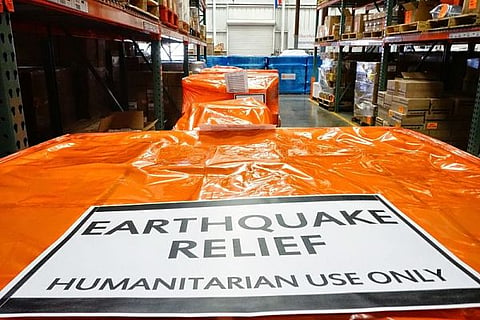Everybody loves a good earthquake
(This is an essay from our print quarterly 'Disaster Politics'. See more from the issue here.)
Southasia has been the site of some of the world's worst natural disasters that have claimed millions of lives, caused devastation to innumerable people, and destroyed assets built over generations. After the Indian Ocean tsunami of December 2004, the number of dead was estimated at 11,000 in India alone, while across the Palk Strait in Sri Lanka, the figure was almost twice as high. In October 2005, at least 87,000 men, women and children died in the Kashmir earthquake, the epicentre of which was just west of the Line of Control (LoC) that separates India and Pakistan. The most recent instance of such mass calamity was the 25 April 2015 earthquake and its aftershocks that caused over 8000 deaths in Nepal.
Ironically, these events that have spelt pain, trauma and desolation for ordinary people have been used by nation states – deliberately, consciously, strategically and at times cynically – to project their soft power. Pragmatic foreign policy paradigms are all about maximising every opportunity that comes along to further their perceived 'national interest'. Contemporary India offers a good example of such strategising. From the 2004 tsunami to the Nepal temblor – India has gone from casting itself as a country that refused disaster aid to one that sought to outbid everybody else at the donors' table in assisting a quake-hit neighbour.

